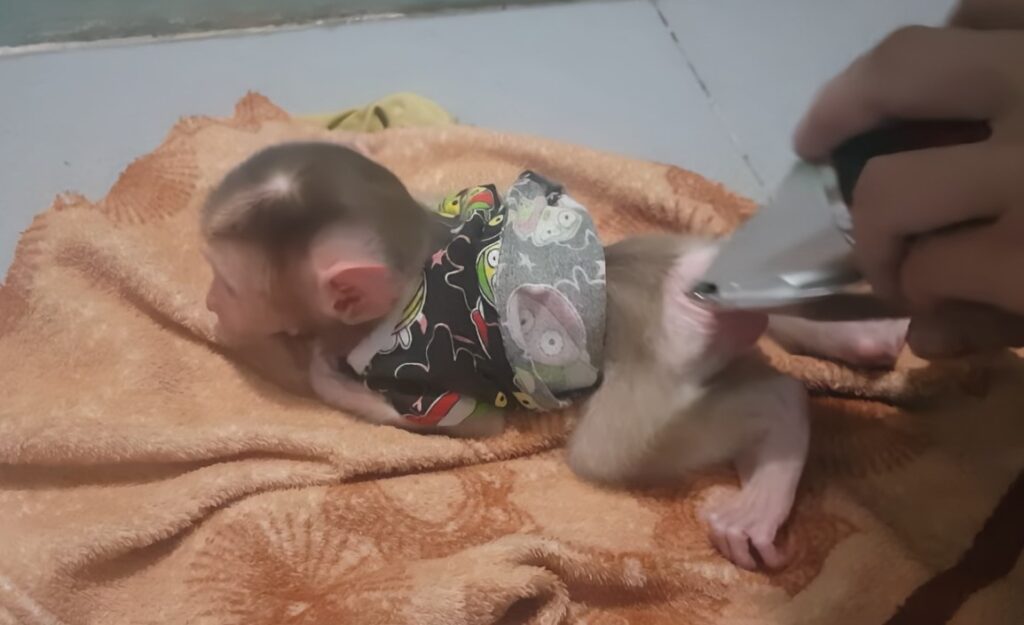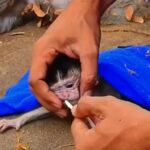An adorable addition to any zoo, animal sanctuary, or natural ecosystem is a newborn gibbon. The Hylobatidae family includes gibbons, also referred to as “lesser apes,” which are prized for their social ties, agility, and melodious vocalizations. In addition to being a cute occasion, the birth of a young gibbon marks a significant milestone in the conservation of these threatened primates.
Originating from Southeast Asia’s lush woods, gibbons are well suited to living in the tops of trees. They can do amazing gymnastics because of their long arms, powerful hands, and ball-and-socket wrist joints. Early in life, baby gibbons attach firmly to their moms, who provide them with protection and care. The survival and growth of the newborn depend on this intimate relationship.
Because it symbolizes hope for the species’ survival in the face of habitat loss, poaching, and deforestation, the birth of a young gibbon frequently arouses curiosity and excitement. Given that gibbons are either endangered or critically endangered, depending on the species, each birth is an important part of the population. To guarantee that these primates have a future, conservation initiatives in zoos and sanctuaries around the world put up endless effort.
Baby gibbons are totally reliant on their moms throughout the first few weeks of their lives. They look like small, fragile bundles of life upon birth, with silky fur and closed eyes. Whether she is sleeping, feeding, or swinging through the trees, the mother always carries her infant with her. The baby receives the nutrition and antibodies it needs to develop into a strong adult through nursing. Dads and other

Under the close supervision of its family, the infant starts to investigate its surroundings as it becomes older. The young gibbon begins experimenting with the brachiation, or swinging motions, that are characteristic of its species at the age of six months. Building strength and coordination throughout this developmental stage is essential. Young gibbons are inquisitive and playful, spending hours interacting with others and developing survival skills.
Another intriguing facet of gibbon behavior is their singing. The purpose of these loud, complex sounds is to mark territory, draw mates, and fortify familial ties. As it gets older, the infant learns to join in on these choruses, contributing a special note to the melodious cries that reverberate throughout the forest.
Additionally, the sight of a young gibbon might highlight more general conservation concerns. The birth of such an animal is frequently used by zoos and sanctuaries to inform the public about the dangers that gibbons face in the wild. The significance of protecting rainforests and stopping the illegal wildlife trade are taught to visitors. It is hoped that by creating a bond between humans and these animals, conservation activities can gain momentum and support.
A newborn gibbon is, in summary, much more than just a cute addition to the animal kingdom. It serves as a reminder of the beauty and fragility of our natural world, a sign of tenacity, and a tribute to conservation efforts. By preserving these creatures and their environments, we can guarantee that future generations will be able to appreciate their elegance and beauty.

